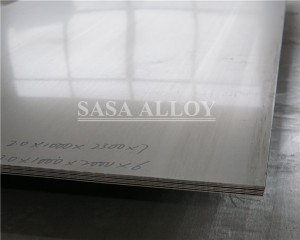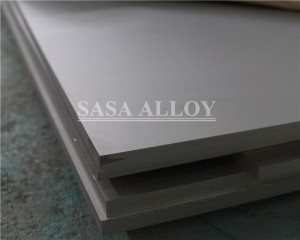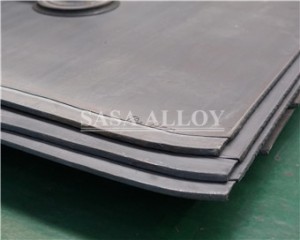The Difference Between Hastelloy B2 & Hastelloy B3
Hastelloy B2 and Hastelloy B3 are both nickel-based alloys known for their excellent resistance to corrosion, particularly in aggressive chemical environments. While they share similarities, there are some key differences between these two alloys.The difference between Hastelloy B2 & Hastelloy B3 is of importance to take into consideration. The thing about Alloy B2 and Hastelloy B3 is that both of these material give good resistance to non-oxidizing acids like sulfuric acid and hydrochloric acid. But the primary difference between both these types of material is that Hastelloy B-3 offer fabrication characteristics that are improved and they also offer enhanced thermal stability. Also, as compared to Hastelloy UNS N10665, Alloy B3 have greater structural stability and this in turn leads to lesser concerns during service, fabrication and welding.
CHEMICAL COMPOSITION OF Hastelloy B2/B3 PLATES
| Grade | Ni | C | Mo | Mn | Si | Fe | P | S | Co | Cr | Ti |
| Alloy B2 | Balance | 0.02 max | 26 – 30 | 1.00 max | 0.1 max | 2.0 max | 0.04 max | 0.03 max | 1.0 max | 1.0 max | - |
| Alloy B3 | 65.0 min | 0.01 max | 28.5 | 3.0 max | 0.10 max | 15 | - | 0.03 max | 0.20 max | 1.5max | 0.2 max |
EQUIVALENT GRADES OF Hastelloy B2/B3 PLATES
| STANDARD | UNS | WERKSTOFF NR. |
| Alloy B2 | N10276 | 2.4617 |
| Alloy B3 | N10675 | 2.4600 |
In summary, Hastelloy B2 and Hastelloy B3 are both excellent choices for corrosion-resistant applications, particularly in highly acidic environments. Hastelloy B3 provides enhanced resistance to hydrochloric acid and has better performance at higher temperatures. On the other hand, Hastelloy B2 offers superior resistance to sensitization. The choice between these alloys depends on the specific corrosive environment and the required mechanical properties for the application. It is advisable to consult with material specialists or engineers to determine the most suitable alloy for a particular application.
Post time: Apr-20-2024


